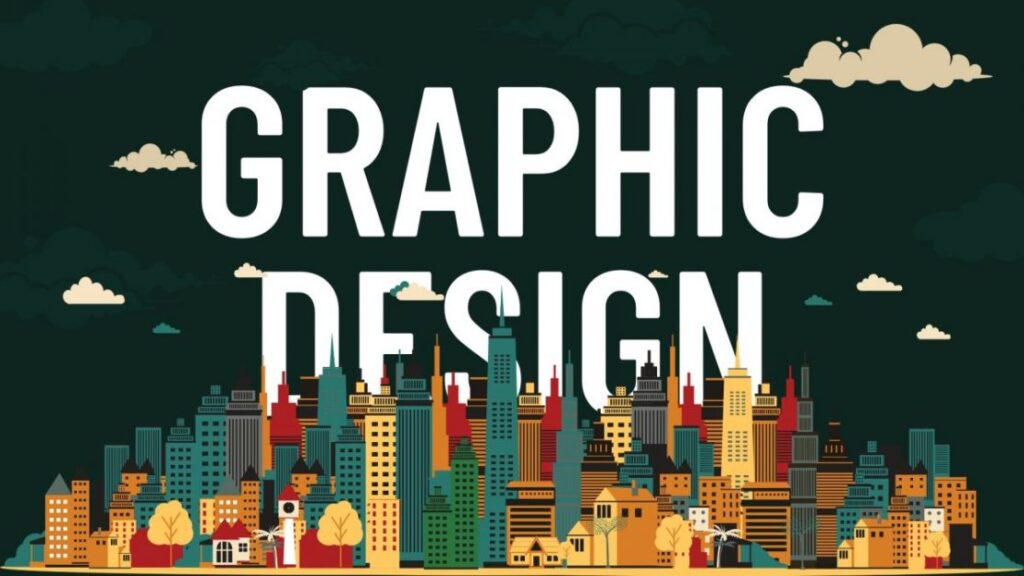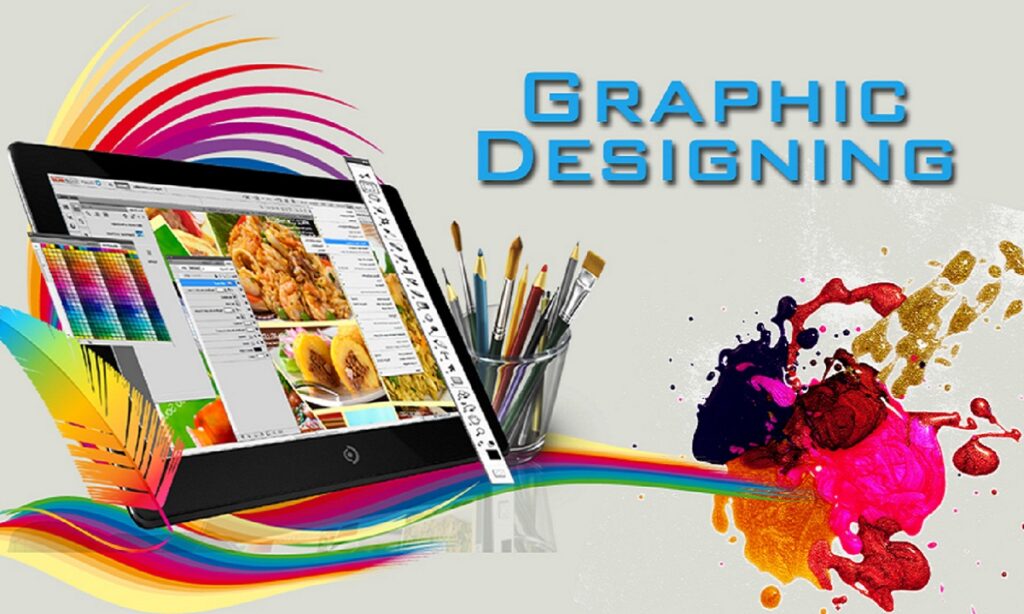Breaking the Mold in Graphic Design
Typography is an art form that goes beyond mere letters on a page; it is a visual language that communicates emotion, tone, and personality. In the ever-evolving landscape of graphic design, typographic choices play a pivotal role in creating memorable and impactful visuals. This blog explores the latest typography trends that are pushing the boundaries of traditional typefaces, breaking the mold, and reshaping the way we perceive and interact with design. Breaking the Mold in Graphic Design.

- Variable Fonts: A Revolution in Typography
One of the most groundbreaking trends in recent years is the emergence of variable fonts. Unlike traditional fonts that come in fixed styles (regular, bold, italic), variable fonts allow designers to manipulate various attributes like weight, width, and slant within a single font file. This flexibility provides unparalleled control, enabling designers to craft custom typography that adapts seamlessly to different screen sizes and resolutions. The result is a more cohesive and responsive design, enhancing user experience across various devices.
- Custom and Handwritten Fonts: Infusing Personality into Design
As designers seek to create unique and memorable brand identities, custom and handwritten fonts have become increasingly popular. Off-the-shelf fonts may not always capture the essence of a brand, leading designers to craft bespoke typefaces that reflect the brand’s personality. Handwritten fonts, in particular, add a touch of authenticity and warmth to designs, creating a more personal connection with the audience. This trend emphasizes the importance of originality in standing out in a crowded visual landscape.
- Experimental Typography: Breaking Rules for Creative Impact
Graphic designers are increasingly embracing experimental typography to challenge conventions and create visually striking compositions. This trend involves breaking traditional rules of alignment, spacing, and hierarchy to generate unexpected and captivating designs. By pushing the boundaries of legibility and structure, designers can convey complex messages in a more engaging and memorable way. Experimental typography encourages creativity and risk-taking, resulting in designs that captivate and challenge the viewer’s perception.
- Colorful Typography: Beyond Black and White
While black and white typography has its timeless elegance, the rise of colorful typography is injecting vibrancy and energy into design. Designers are experimenting with bold, unexpected color choices within letters and backgrounds to create visually dynamic compositions. This trend not only adds a playful element to design but also contributes to better accessibility by enhancing readability for individuals with visual impairments. The use of color in typography is a powerful tool for evoking emotions and creating a memorable visual impact.
- Mixed Media Typography: Blending Text and Visual Elements
In the era of multimedia content, designers are integrating typography with other visual elements such as illustrations, photographs, and even videos. This trend blurs the lines between traditional graphic design and multimedia art, allowing for more immersive and interactive experiences. By seamlessly combining text with visuals, designers can convey complex narratives and evoke powerful emotions. Mixed media typography is reshaping how we consume and interact with information, moving beyond static designs to create more dynamic and engaging visual stories.

Conclusion
Typography is an ever-evolving facet of graphic design, and staying abreast of the latest trends is crucial for designers aiming to create impactful and contemporary visuals. From the revolutionary capabilities of variable fonts to the personalized touch of custom typefaces, typography trends are breaking the mold and reshaping the design landscape. As we continue to explore experimental and colorful typography, and delve into the realms of mixed media, it’s evident that the future of graphic design is bound to be typographically diverse, engaging, and filled with endless creative possibilities.


